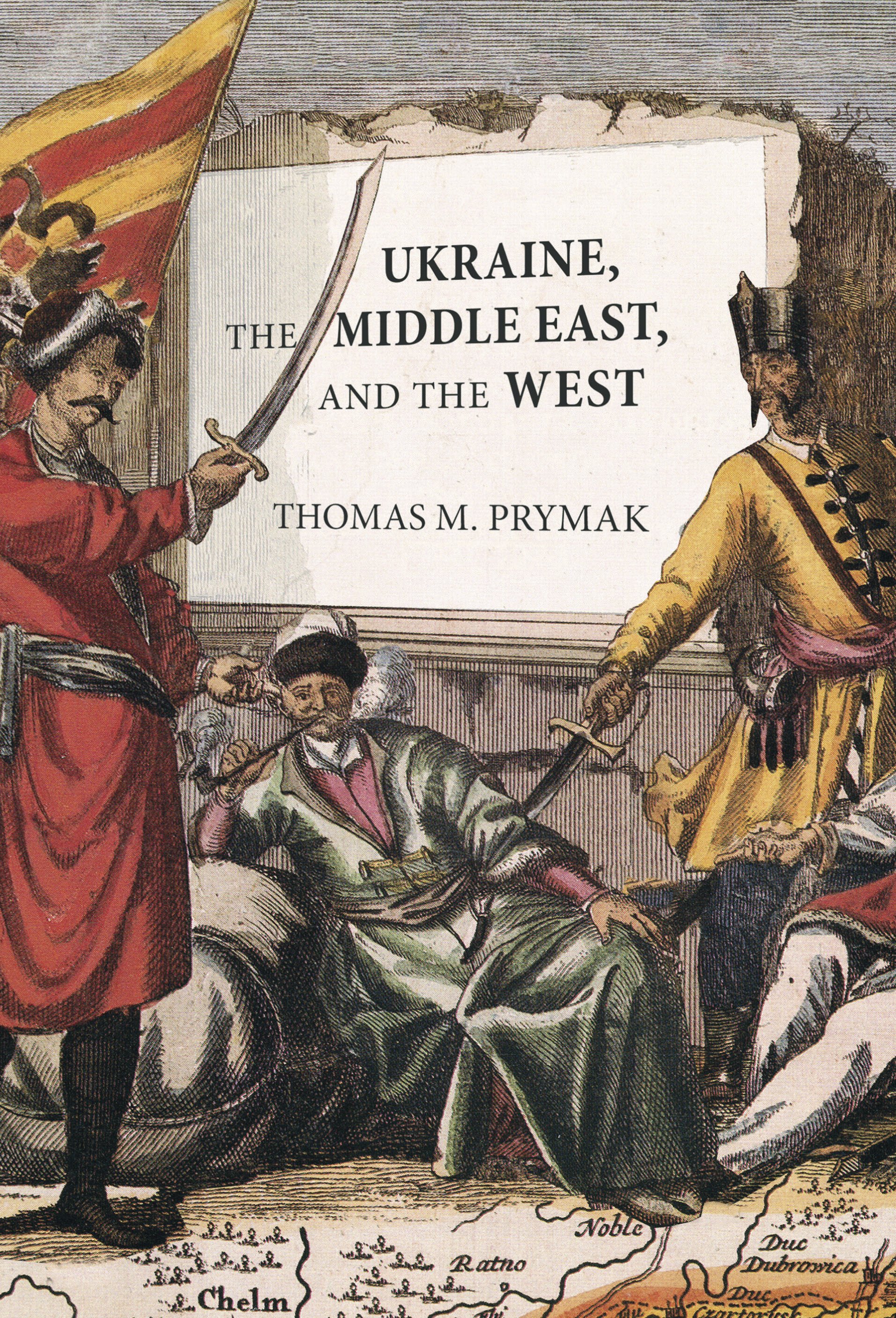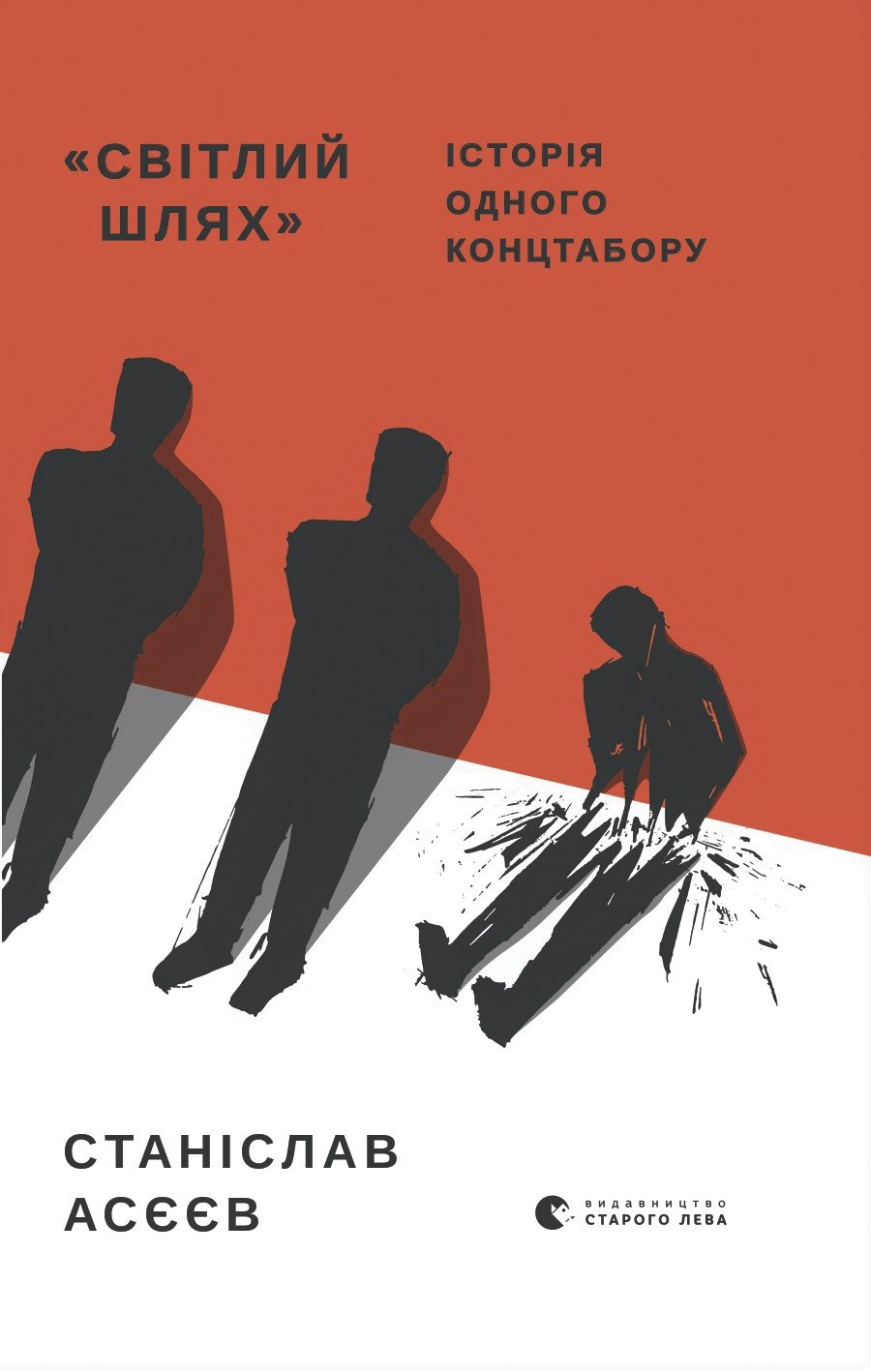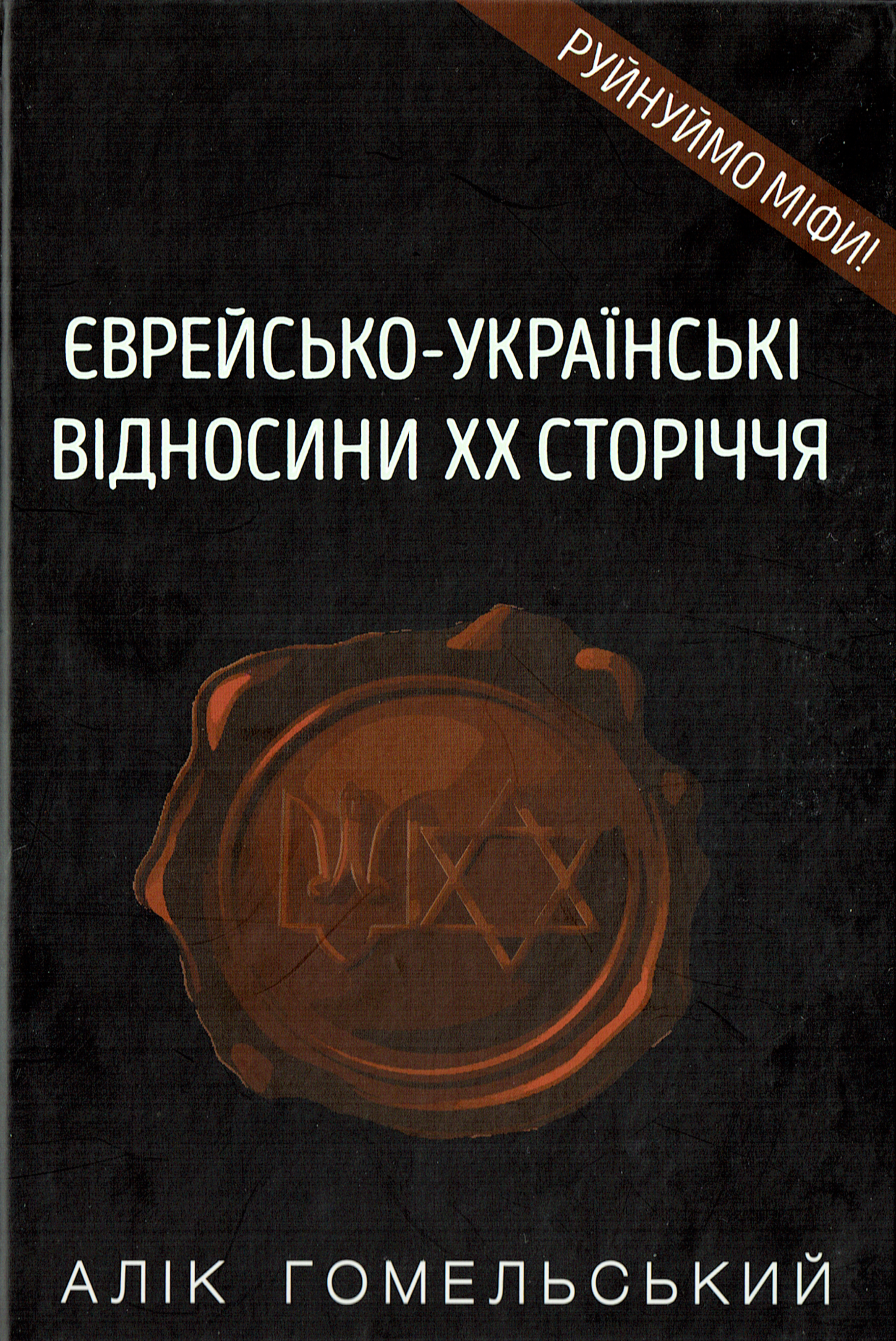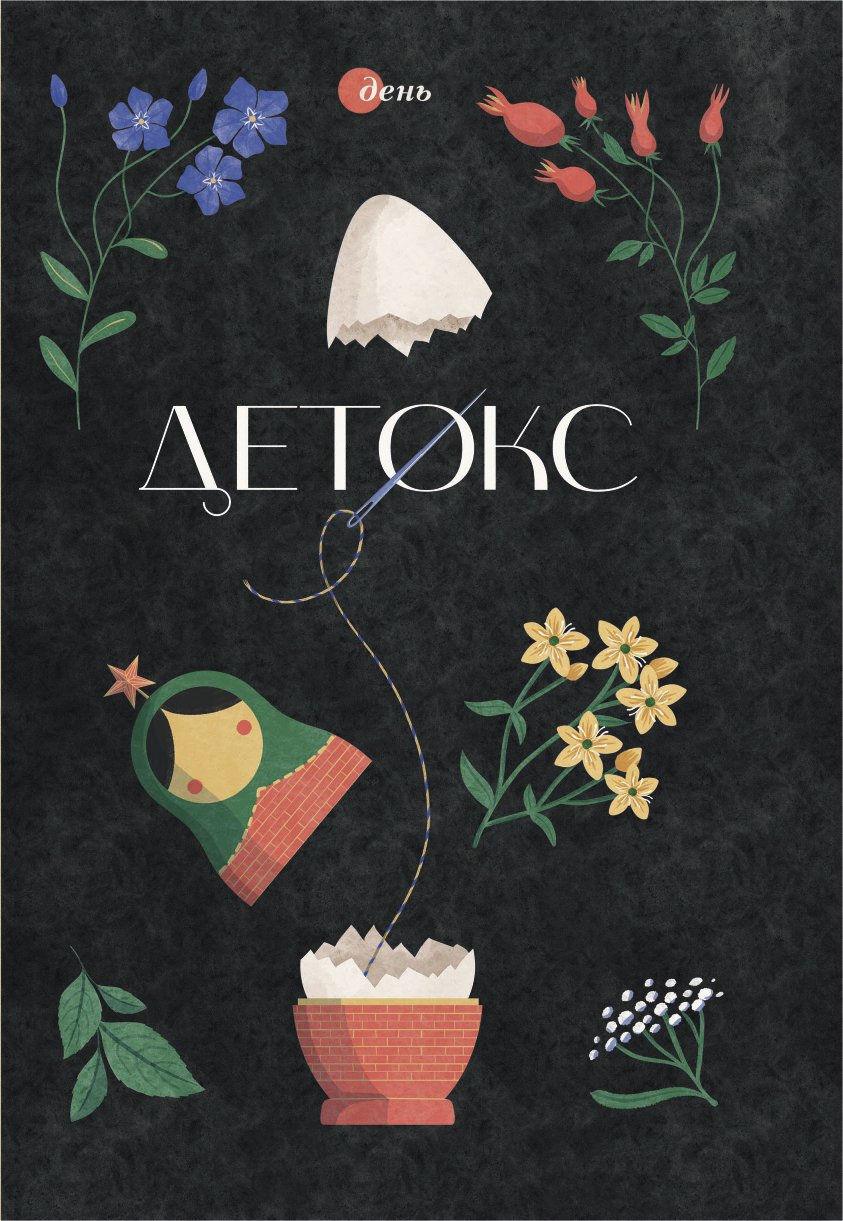
Ukraine, the Middle East, and the West
Prior to the Soviet period, Ukraine enjoyed diverse contacts with its Islamic neighbours: the Crimean Khanate and the Ottoman Empire and, likewise, with its central and western European neighbours, especially Poland and France. This book reintroduces Ukraine's long-overlooked connections beyond Eastern Europe and smashes old stereotypes about Ukrainian isolation.

The Torture Camp on Paradise Street
Abducted by Russian security forces in 2017, journalist Stanislav Aseyev survived the hell of imprisonment in a concentration camp operated by Russia’s military proxies in eastern Ukraine. This intense book recounts the author’s mental and physical struggle to survive imprisonment in a camp where horrific torture was employed to destroy countless lives. There are no laws behind the prison fence. Here, life consists of humiliation, unending fear, and agony— where wounds from electrical shocks and broken bones destroy a man’s desire to live and distort one’s ability to distinguish between faith, forgiveness, and hatred. By recounting his struggle to remain human in the most inhuman conditions, we come to understand how the darkness of his captivity forever altered the author’s outlook on life.

Knights of the Hungry Renaissance
One of Ukraine’s leading art historians examines the phenomenon of the “Ukrainian avant-garde” art movement, which the Western art world discovered relatively late, thanks to the 1973 exhibit in London known as “Tatlin’s Dream.” The art of the Ukrainian avant-garde was exceptional since it was produced during a relatively short period of profound historic turmoil — World War I, followed by the Bolshevik Revolution, the collapse of the Russian Tsarist empire, the birth of the Ukrainian Republic, revolutionary war, the destruction of religious institutions, brief Ukrainianization, followed by a forced famine and Stalinist political repression. The book profiles the leading artistic figures of the Ukrainian avant-garde and notes its profound influence on the nonconformists of the 1960’s, including the Ukrainian cultural and political anti Soviet dissident movement of the sixties.

Jewish-Ukrainian Relations. The Twentieth Century
The book’s Jewish Ukrainian author analyzes the most painful events in the history of the Ukrainian and Jewish peoples and focuses on the systematic efforts of Russia’s tsarist and Soviet empires to sow interethnic conflict, employing disinformation and historical fabrications to create hatred and dysfunction.

Detox
This volume of articles, edited by the Kyiv-based Editor-in-Chief of Ukraine’s newspaper Den (The Day), strives to shatter the image of the Ukrainian people as chronic victims. The book traces the thread of Russian chauvinism from the Romanovs to Putin’s Russia, as it presents the unknown stories behind an array of vastly different historical figures, including Ivan Mazepa, Fyodor Dostoevsky, Mykola Skrypnyk, General Petro Grigorenko, and Mikhail Gorbachev. As alluded to by the book’s title, readers are challenged to detoxify themselves from the imperialist myths imposed on the Ukrainian psyche by centuries of toxic Russian authoritarianism and destructive colonialist policies.